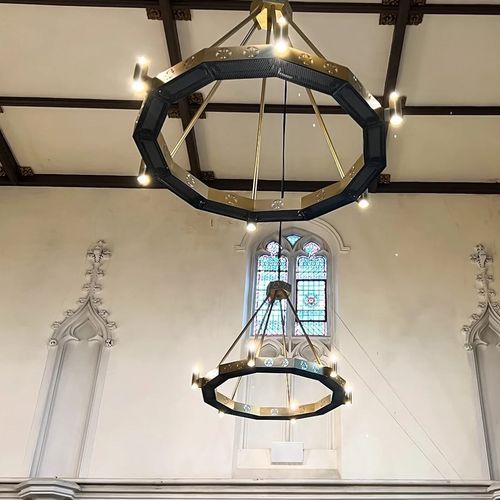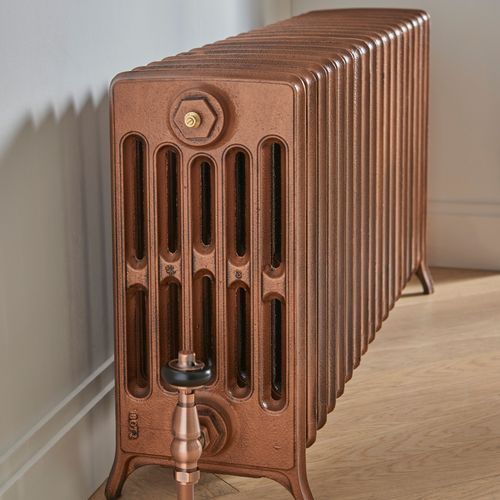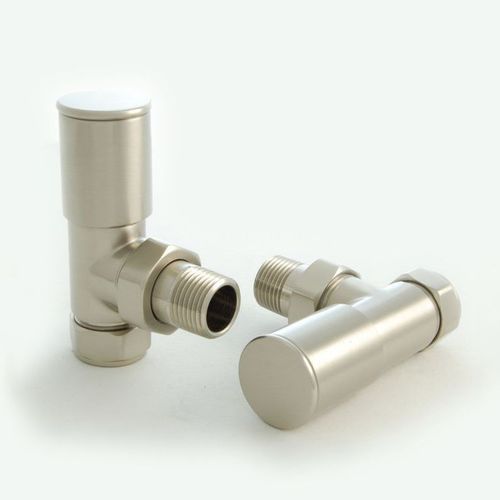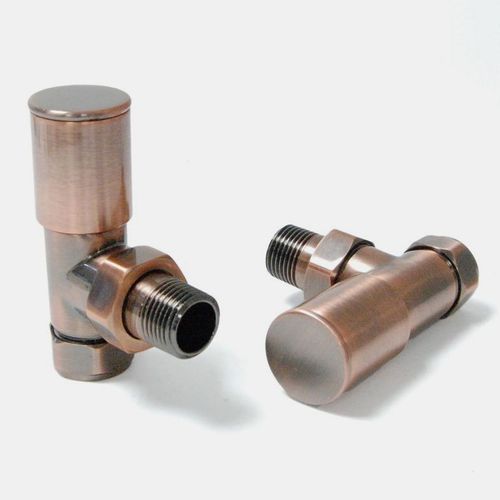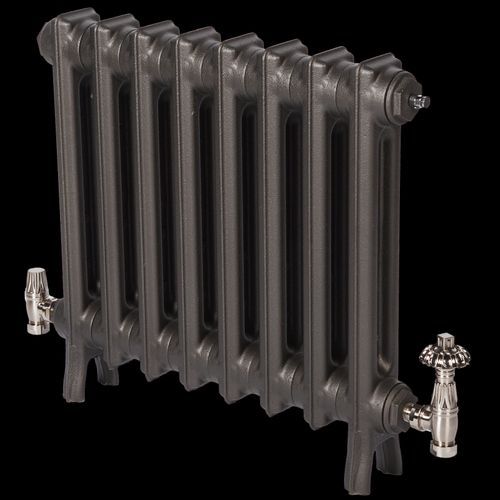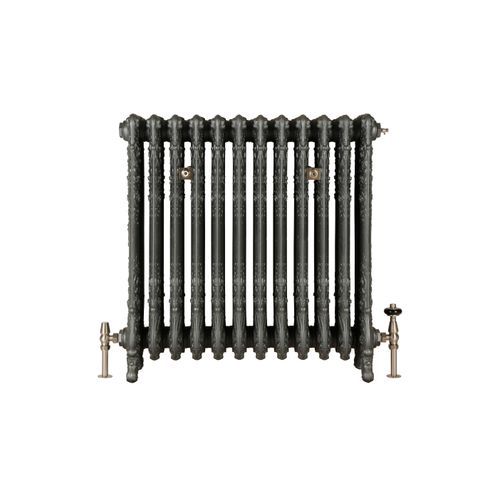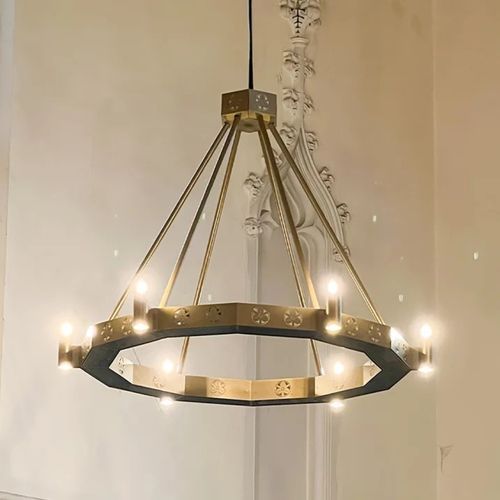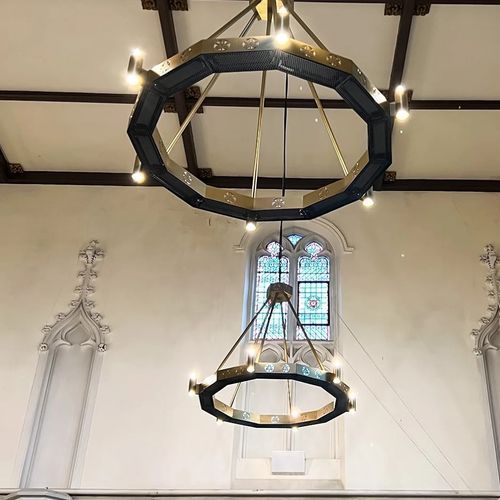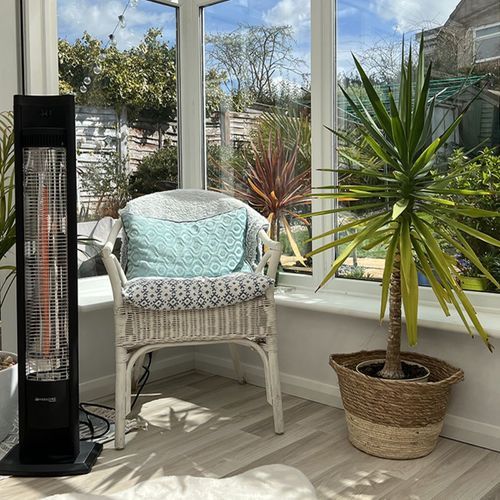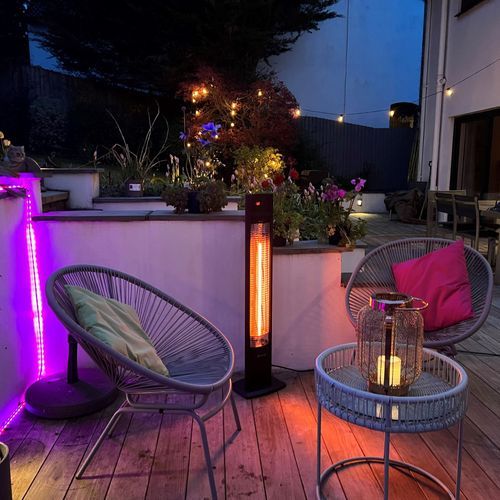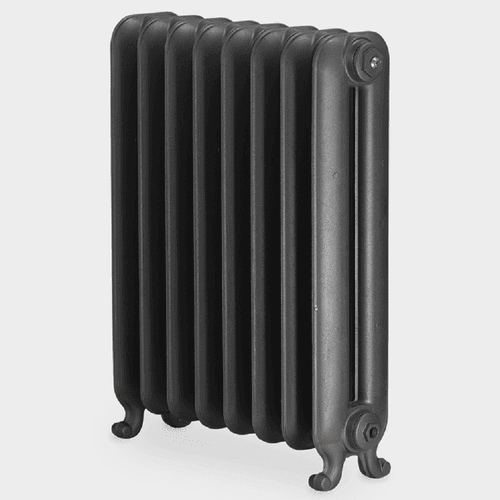Heaters
- Heaters are a blessing as they keep the temperature regulated, even during snowstorms. This helpful invention comes in several sizes, ensuring that one’s requirements are met without any compromise needed. There are different types of heaters available at ArchiPro like convection heaters, coil and cable, cast-in, wall heaters, and more. So get the right one today to be sorted for the coming winter.Why ArchiPro?
No more endless searching -
Everything you need, all in one place.Real projects, real experts -
Work with vetted architects, designers, and suppliers.Designed for New Zealand -
Projects, products, and professionals that meet local standards.From inspiration to reality -
Find your style and connect with the experts behind it.Start your Project
Start you project with a free account to unlock features designed to help you simplify your building project.
Learn MoreBecome a Pro
Showcase your business on ArchiPro and join industry leading brands showcasing their products and expertise.
Learn More


